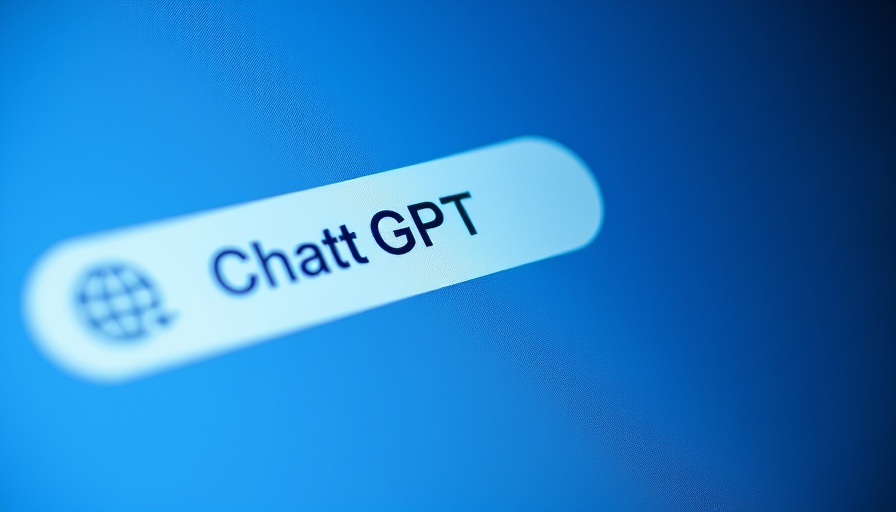
Understanding the Essential Role of AI Guardrails
As organizations integrate AI, particularly large language models (LLMs), the specter of AI misbehavior looms large. With around 72% of enterprises already implementing AI solutions, the significance of having suitable safeguards in place cannot be overstated. The implementation of guardrails ensures that while these models can innovate and enhance efficiency, they remain anchored within the bounds of safety and ethical standards.
The Economic Potential of LLMs and Associated Risks
Research estimates suggest that AI will contribute approximately $15.7 trillion to the global economy by 2030. While these forecasts point to monumental advances, managing and optimizing the economic landscape requires vigilance. Businesses must be wary of pitfalls that result from mismanaging LLMs, as the cost of failure not only threatens financial stability but can also lead to substantial reputational harm.
Guardrails: The Shield Against AI Missteps
Guardrails are instrumental in guiding AI behavior and ensuring reliability. They can take forms such as ethical guidelines, performance benchmarks, and compliance measures that steer the AI towards favorable results. The right guardrails help organizations focus on their strategic goals without sacrificing integrity or performance, highlighting the necessity for continuous evaluation and adjustment of these parameters.
Future Insights: The Trajectory of Generative AI
The generative AI landscape is expanding rapidly, with 65% of companies engaging in this technology either by usage or planning. As awareness grows, businesses must remain proactive. Understanding potential advancements can help shape how enterprises deploy these technologies, mitigating risks while maximizing returns.
Risk Factors: What Organizations Need to Consider
The risks associated with generative AI range from ethical concerns to compliance issues and operational inefficiencies. Organizations must meticulously assess internal frameworks and external regulations to safeguard against potential liabilities. Implementing robust risks assessments that involve feedback loops and adaptive learning can significantly strengthen an organization’s posture in the generative AI landscape.
Practical Steps to Implement Effective Guardrails
Establishing efficient guardrails involves several actionable strategies: 1) Regular audits of AI applications, 2) an enhanced focus on ethical AI practices, and 3) engaging with diverse stakeholders to gather various perspectives on AI implications. These steps not only promote transparency but also encourage organizational buy-in for a more responsible approach to AI development and deployment.
In a world where instant innovation meets caution, securing LLMs is both a technical and strategic imperative. By prioritizing guardrails within AI frameworks, organizations not only hasten performance but also guarantee a safer and more ethical future.
 Add Row
Add Row  Add
Add 




 Add Row
Add Row  Add
Add 

Write A Comment